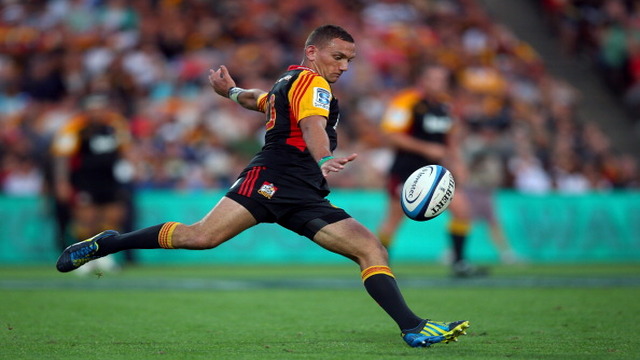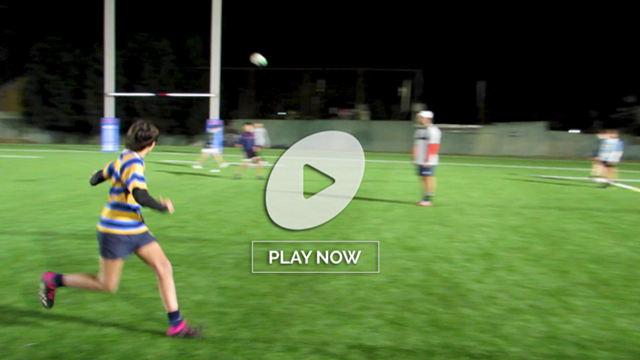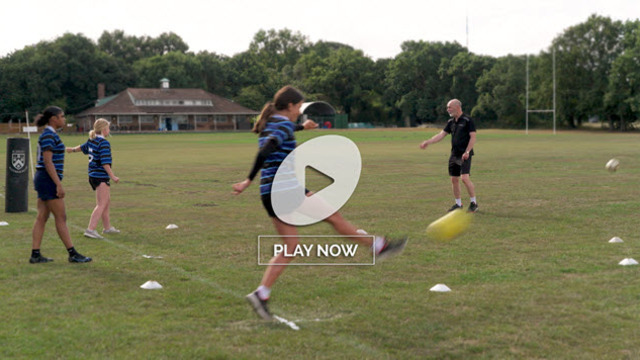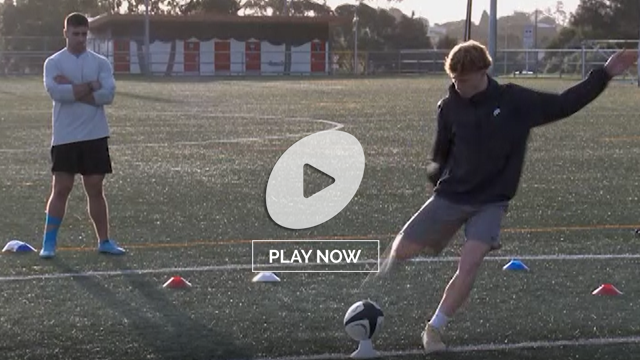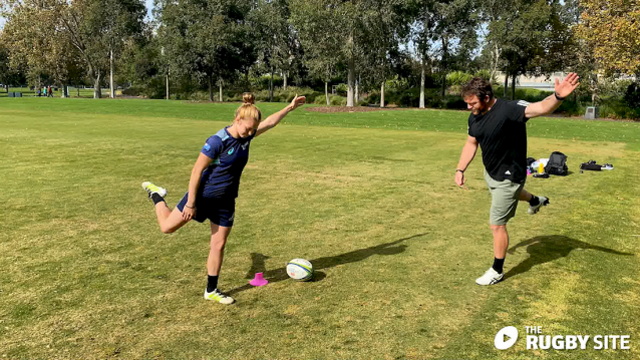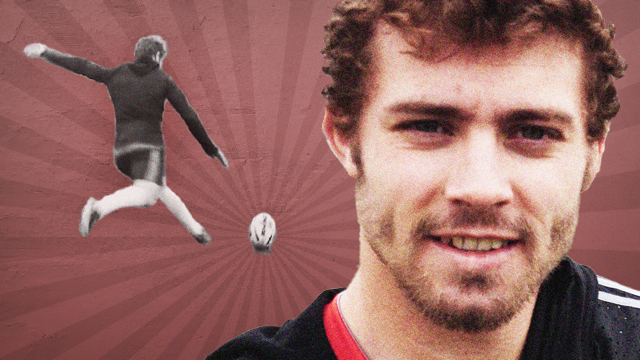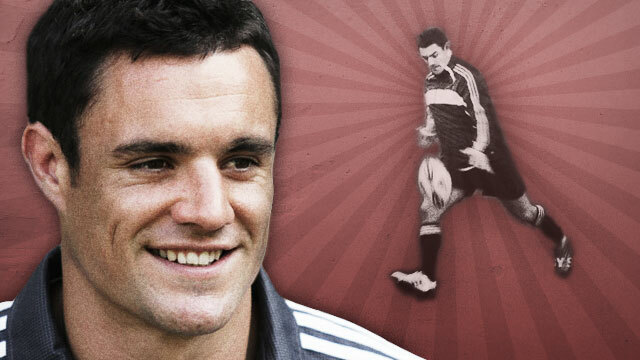If touch judge Leighton Hodges had the competence to communicate Tom Wood’s very obvious hand in the scrum, then Ireland would have left Twickenham with a 13-13 draw, the least they deserved. Or am I being generous? Ireland executed their game plan so very badly that perhaps they didn’t deserve anything from the game.
Watch Dan Carter & Leigh Halfpenny’s video courses on kicking
In an odd way, what will please Joe Schmidt is that his team could have won the match despite playing so poorly. The idea that the contest between England and Ireland was a great game of rugby is a complete fallacy. It was an exciting game of rugby. It was a committed game of rugby. But the level of skill on both sides was very disappointing, with bad kicking and poor handling the main features.
I would like to look at the kicking, in particular Ireland’s kicking. The Rugby Site predicted ahead of the game that Ireland would attack England’s defence with kicks in behind. Danny Care’s poor sweeping, the presence of two rookie wings and a pressing league style defence means that England are vulnerable to good kicks.
And Ireland started well in this regard. A well floated ball out of defence by Jonny Sexton was met on the volley by Brian O’Driscoll and only a brilliant diving save by Mike Brown saved a score. As Schmidt observed afterwards, Brown was brilliant – we can only assume he was omitted from the Lions tour due to personality issues. In the second half Brown was even catching balls that would normally be the responsibility of his wings. He did all he could to ease the load on England’s young wide men.
But after that good start, and with the exception of one good cross kick to Trimble, Ireland’s execution was very disappointing. Rob Kearney kicked away a good attacking position with a poor grubber. Brian O’Driscoll’s attempt at a chip over the top was not that of a natural kicker.
In the second half matters deteriorated. Sexton went through one of those periods that have pockmarked his international career as his kicking fell apart. He tried a chip out of his 22, at the wrong time and with no chasers, and gave the ball to Farrell. He had a grubber easily blocked.
And another chip over the top was too long and too narrow and taken in by Care, even though the scrum-half’s position was short of good cover.
The kick in behind is a skill that needs practicing. The attack needs to be on the same page. You need dummy runners to hold the defence up flat, but you also need a player coming on the burst who hits the line at the moment the ball comes off the foot. It’s a timing pattern, a bit like the wide receivers run off the quarterback in American Football, and it takes a lot of practice.
The All Blacks are very good at it and it has become a big part of their game in recent years. Dan Carter is an expert, and even the centres Ma’a Nonu and Conrad Smith have become proficient at sliding the ball in behind a rushing defence.
But as an example I am going to use Aaron Cruden, who has become a master. The try that got the All Blacks back in the match against Ireland last November was just such a kick. Cruden received the ball and shaped towards his outside men who were running through a dummy move. But out on the wing Julian Savea had come up flat and timed his angled run just as the ball left Cruden’s foot.
It is also worth noting that Cruden hit the little bouncing grubber off his left foot. A good player needs to be able to kick in behind off either foot or his body angle will sometimes contort in order to kick off his stronger foot and give away his intention. Even off his weaker foot the weight of Cruden’s kick was perfect and bounced up into Savea’s arms.
At the weekend Cruden also put a chip through on the Crusaders defence that nearly worked a try. One of the Chiefs’ great strengths is the confidence that any part of the match is a scoring opportunity. Few teams would attempt to chip out of defence in the first five minutes, but Cruden did, and I can also remember Carter doing the same for the All Blacks.
The inside centre or second five held the defence, but Freuan timed his run perfectly for when the ball left Cruden’s foot. To be hyper critical, if Cruden had got just a bit more height on the chip, Freuan would have taken the ball on the full. Instead he got there well ahead of Dagg because, unlike Sexton, Cruden had read the part of the pitch to hit – but the bounce defeated him.
The kick in behind is an art that even teams as good as Ireland are only just coming to terms with. If Ireland had executed it better on Saturday, they would have beaten England with something to spare. But it takes the deftest touch from the kicker, often under great pressure, it takes misdirection from runners outside him, and it takes perfect timing from the receiver. In other words it takes practice.
Is the kick in behind a tactic that you employ? Tell us how effective you find this tactic. Comments below…
